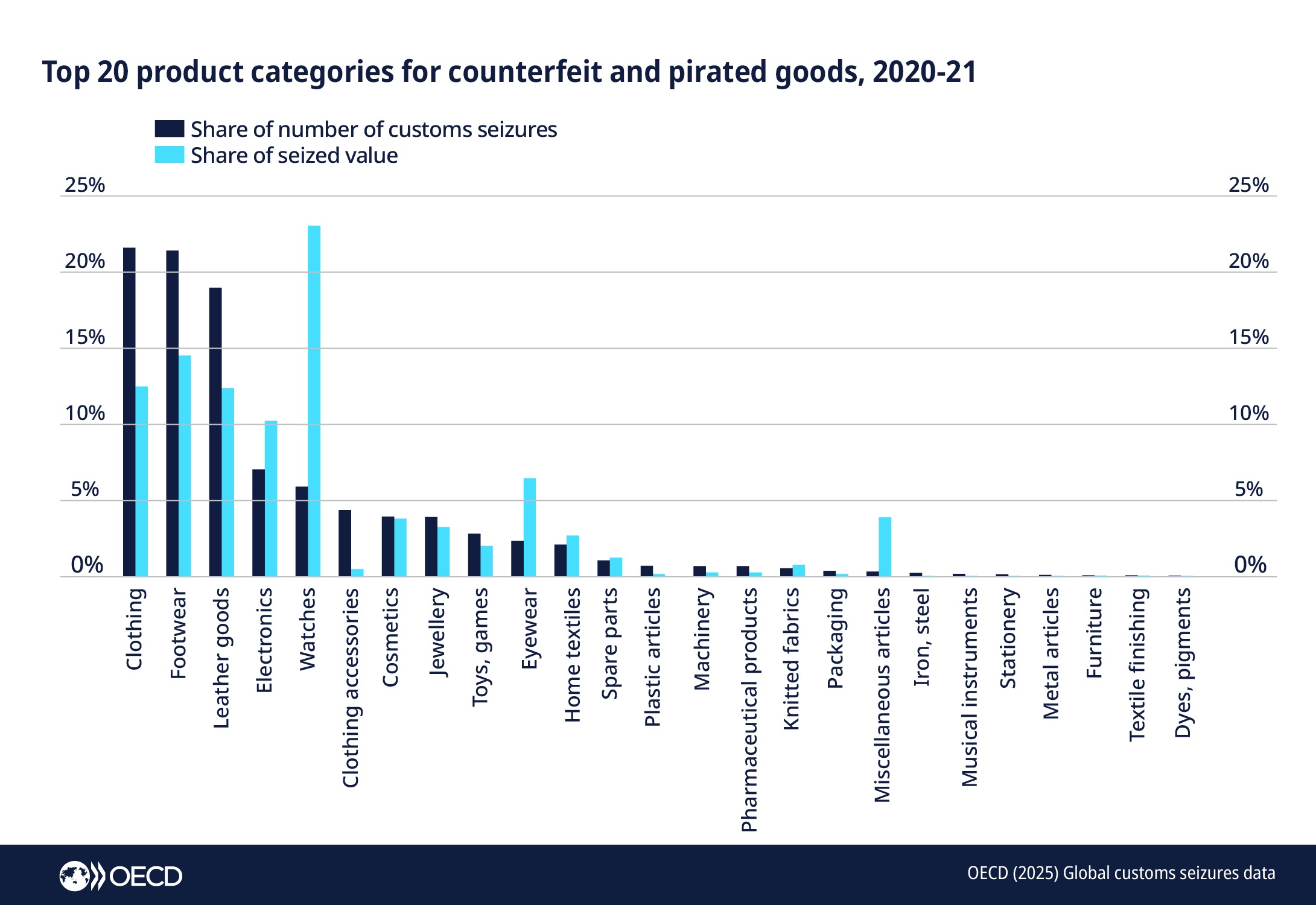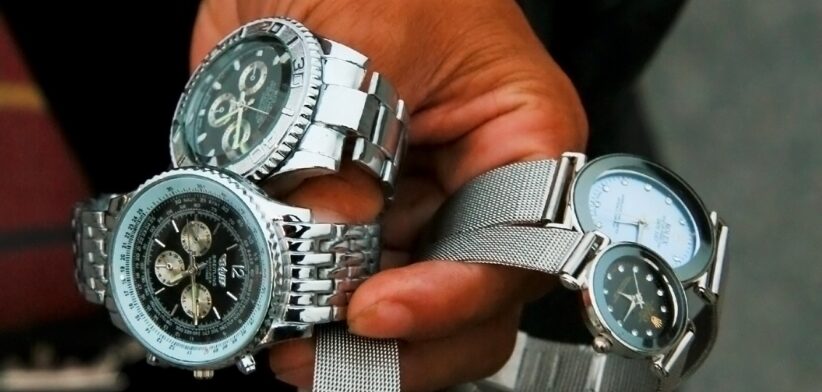The global trade in fake good is approaching $750 billion each year, with a new OECD report providing fresh insights into the illegal activity.
OECD Secretary-General Mathias Cormann said the Mapping Global Trade in Fakes 2025: Global Trends and Enforcement Challenges report offered practical guidance for policymakers to protect consumers, support legitimate businesses, and uphold the integrity of international trade.
Mr Cormann said the global trade in counterfeit goods remained a major threat to economies, consumers and supply chains worldwide.
“Based on the latest available data, counterfeit goods accounted for an estimated USD$467 billion (A$727 billion) in global trade in 2021,” he said.
“Since then, the same underlying patterns and risks have continued to drive the global counterfeit trade.”
Mr Cormann said clothing, footwear, and leather goods remained among the most affected sectors, accounting jointly for 62 percent of seized counterfeit goods.
He said the report found that counterfeiters were expanding into new sectors, with hazardous fakes, including automotive parts, medicines, cosmetics, toys and food increasingly prevalent, posing serious risks to consumer health and safety.
“Illicit trade threatens public safety, undermines intellectual property rights and hampers economic growth, and the risks could increase as counterfeiters leverage new technologies and techniques to avoid detection.
“The OECD’s continued monitoring and mapping of the global trade in fakes shows the need for authorities to adopt new tools and step up their cooperation and information sharing.”
Mr Cormann said while China remained the dominant source of counterfeit goods, accounting for 45 percent of all reported seizures in 2021, other countries from Asia, the Middle East and Latin America were also involved in counterfeit trade.
He said the report also highlighted how trade routes were evolving, with counterfeiters increasingly using international waterways and adopting “localisation” strategies, by shipping unassembled parts or packaging to assemble fake products closer to end markets, further complicating detection.
“Counterfeiters are becoming savvy at quickly producing fake versions of in-demand products, advertising online and taking advantage of less scrutinised shipping methods.”
Mr Cormann said around 65 percent of seizures involved small parcels and mail, showing a shift toward distribution channels that offered speed, convenience, and lower risk of inspection.
He said the report called for continued monitoring and more coordinated responses, including real-time information sharing among customs, police, financial intelligence units, and market surveillance authorities.
“Stronger cooperation and exchange of best practices among trade intermediaries, postal and shipping services, free trade zones, and logistics firms, is essential in preventing the misuse of their networks.”









